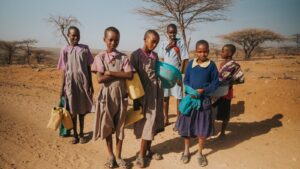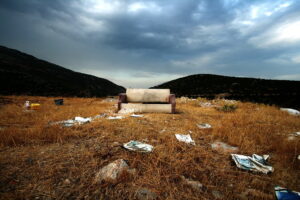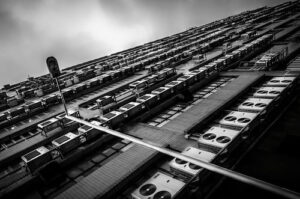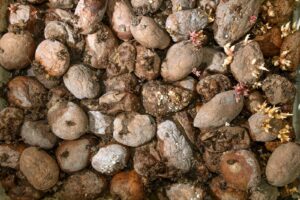Inside the Eco Hubs preparing school kids for green industries
Learning by doing, one company has developed an outdoor learning space which encourages young children to think about water management, renewable energy generation and storage, and biodiversity. We take a closer look at how the design works.
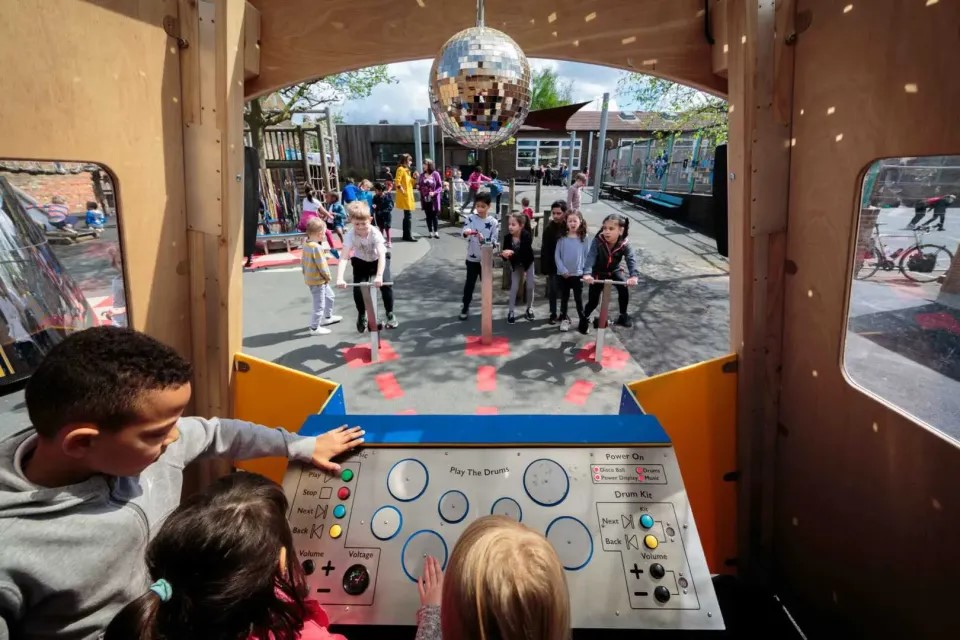
Back in 2006, then-British Prime Minister Tony Blair said that ‘sustainable development will not be a subject in the classroom. It will be in bricks and mortar and the way the school uses and even generates its own power. Our students won’t just be told about sustainable development, they will see and work within it. A living, learning place in which to explore what a sustainable lifestyle means.’
Today, schools are increasingly involved in the fight against climate change by educating their pupils on environmental issues. Against this backdrop, the Hideout House Company has developed the Eco Hub, a product concept which fully embraces the techniques and policies leading our transition to a low carbon economy.
Taking part in activities like growing food and energy generation in and around school enables young people to see the interconnections between healthy eating and lifestyles, environmental quality and well-being. It can also help children prepare for their future economic contribution through work in the green economy.
In 2024, children are the eco-aware generation of tomorrow. Sadly, they will go on to inherit even more global climate change than we currently face, and as such an eco-mindset has to be second nature to them. It’s likely many will not have to learn it, as we are having to do right now.
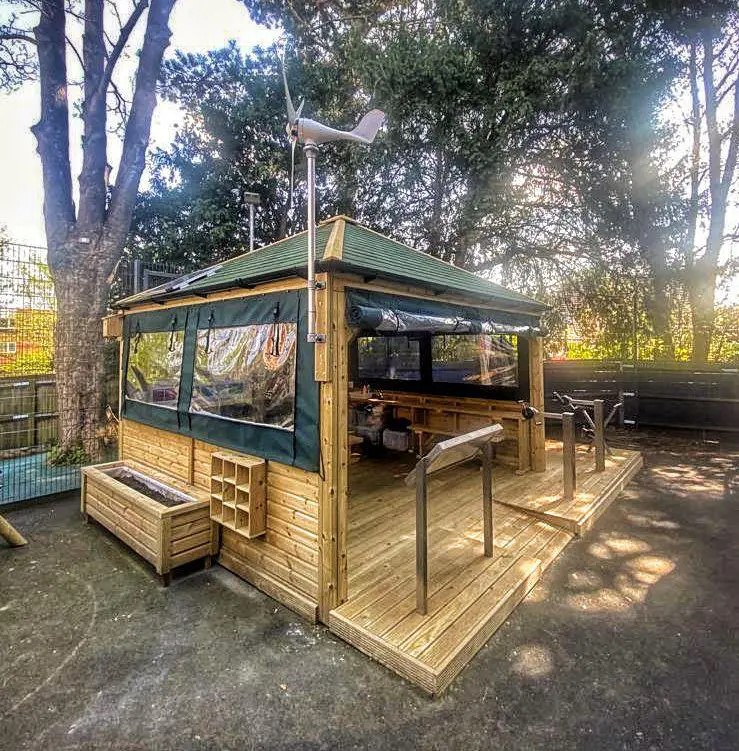
Every facet of the Eco Hub’s design and manufacture has been developed with sustainability in mind, but the secondary purpose is just as important. Children are able to learn from and participate in the building, making it both a functional and didactic product, rolled into one.
As its most basic, the Eco Hub can be used as an outdoor classroom or learning facility. It is made from FSC approved sustainably sourced timber, has internal seating and work benches, and includes PU-coated, heavy duty roll-down canvas panels on the windows and door entrance. This means it can be used in all weathers, providing extra protection from the elements when required. But it also utilises a number of green features inspired by the vanguard of climate-aligned architecture, construction and technology:
Rainwater harvesting through a water butt system with guttering and downpipe. Using solar powered irrigation, this provides a practical way of watering plants and flowers in school gardens, yards and planters. Campuses can therefore grow (and eat) their own food whilst using and appreciating how rainwater can be recycled.
Nature and biodiversity gain via a built-in bug hotel panel, giving children the opportunity to explore nature’s various bugs and wildlife in their natural habitat. A birdbox is provided, which can include a solar powered wi-fi camera system so all activity can be viewed and monitored remotely. A sedum living roof, attracting biodiversity, can also be installed, but these tend to be quite expensive and require on-going maintenance.

Renewable energy generated through wind, solar and pedal power, with infrastructure such as the roof-mounted solar panel and a mini-wind turbine. Energy is stored in an encased battery mounted on an internal monitoring board. This can then be converted into usable electricity via an inverter, so children are able to utilise pure ‘green’ power through outdoor electrical sockets, allowing them to power up laptops, tablets and other equipment.
Electricity generating bikes also contribute to the power supply, with children pedalling on specially manufactured cycles with built-in dynamos, or using hand cranks, to produce kinetic energy. This powers up a wi-fi music system complete with Bluetooth speakers and drum sound pads, a bubble making machine and bright, revolving, disco-style lights.
When pupils stop pedaling or turning the hand cranks, the music cuts out – a good incentive to keep exercising, while helping children understand that electricity isn’t free and has to be earnt.
Images: The Hideout House










